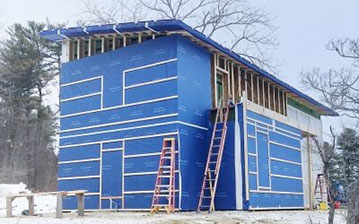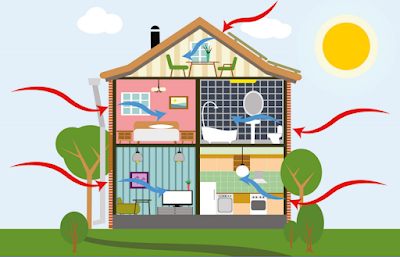Sustainable architecture is more important than ever in a time when environmental consciousness and climate change are defining factors. At the front of this movement are passive homes, which are built to consume as little energy as possible while maximising comfort. Beyond only being aesthetically pleasing, passive design principles produce long-term, economically feasible constructions that are also environmentally friendly. Let’s have a look at their key features & environmental impact, as shared by Passive House Builders in Melbourne.
What Are The Key Features of Passive Houses?
Several cutting-edge design techniques are used in passive houses to differentiate them from conventional construction techniques:
- Superior insulation - Passive homes have extremely well-insulated walls, floors, and roofs, which reduce heat loss in the winter and keep interior temperatures cool in the summer.
- Air tightness - Preserving air tightness, avoiding drafts, and lowering energy requirements for heating and cooling are essential components of passive house design.
- High-performance windows - By reducing heat transmission and optimising natural sunshine, triple-glazed windows help create cosy living areas all year round.
- Ventilation systems - Energy-efficient heat recovery ventilation systems balance indoor air quality and energy efficiency by maintaining a constant supply of fresh air while preserving heat.
Environmental Impact
By using passive home supplies and principles, ecological footprints are greatly reduced. Principal advantages consist of:
- Lower energy use - Compared to conventional buildings, these homes usually use up to 90% less energy for heating and cooling.
- Reduced carbon emissions - By using fewer fossil fuels, passive homes help reduce greenhouse gas emissions, which supports international efforts to tackle climate change.
- Sustainable materials - By using locally sourced, ecologically friendly materials, many passive home projects lessen their impact on transportation while also boosting local economies.
Passive home supplies are becoming an increasingly important component of sustainable design as we continue to look for answers to environmental problems. In addition to satisfying the pressing demands of eco-friendly living, their creative approach to energy efficiency encourages a more widespread transition to sustainability.











